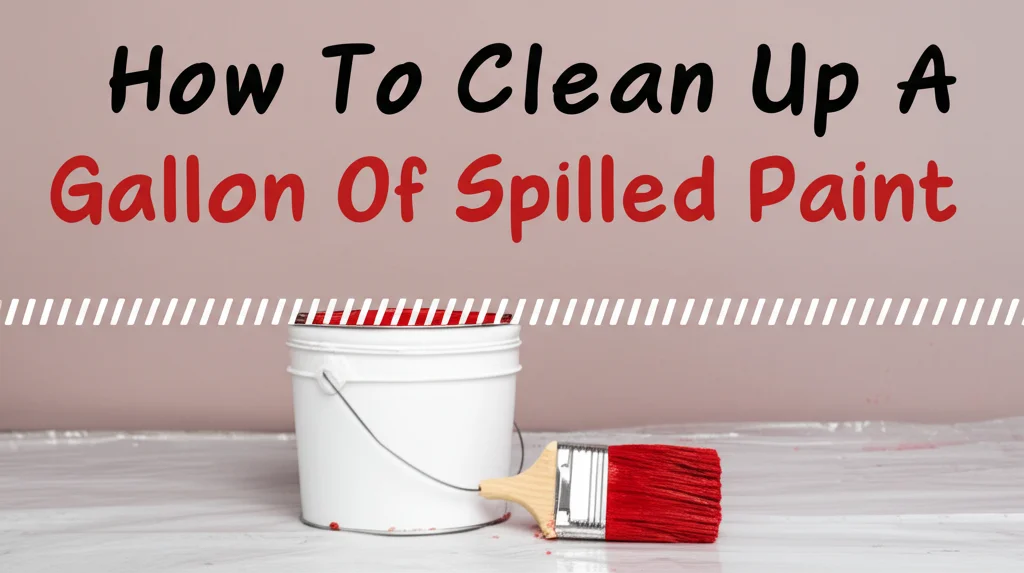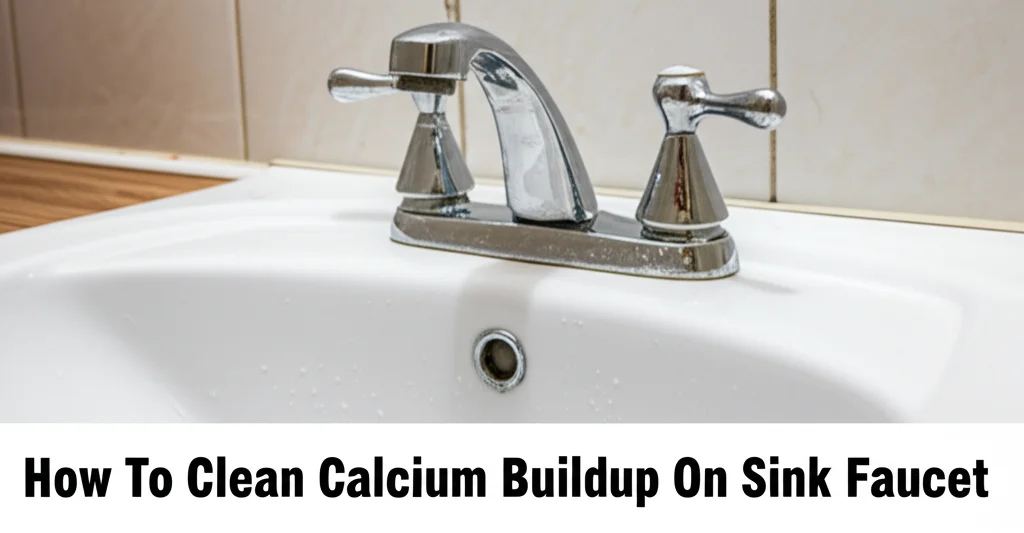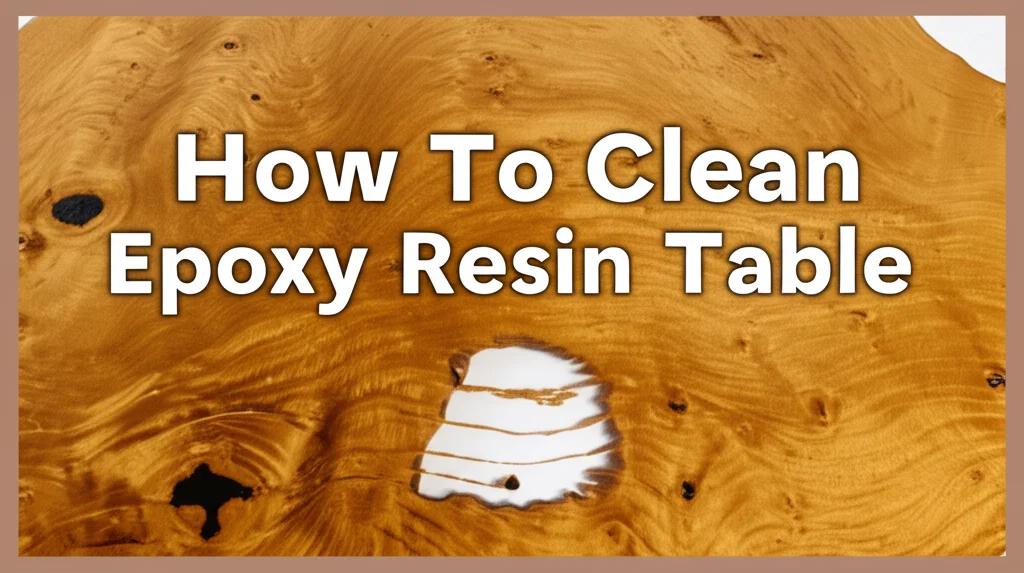· Home Cleaning · 7 min read
How To Clean Up A Gallon Of Spilled Paint

A Gallon of Paint Spilled? Here’s How to Handle It!
Oh no – a gallon of paint has spilled! It’s a homeowner’s nightmare, but don’t worry, it’s manageable. Dealing with a large paint spill can feel overwhelming, but with the right approach, you can minimize the damage and get your space back to normal. This guide will walk you through exactly how to clean up a gallon of spilled paint, covering everything from immediate containment to final cleanup. We’ll focus on different surfaces and the best methods for removing the paint, ensuring a thorough and effective result. Let’s tackle this mess together and restore order to your home.
Quick Answer: Immediately contain the spill with absorbent materials like paper towels, cloths, or kitty litter. Once contained, carefully scrape up the bulk of the paint, then use the appropriate cleaning solution (water for latex, mineral spirits for oil-based) to remove residue.
Takeaway:
- Contain the spill immediately.
- Scrape up as much paint as possible.
- Use the correct cleaner for the paint type.
- Protect yourself with appropriate gear.
1. Immediate Action: Contain the Spill
When a gallon of paint hits the floor, time is of the essence. The first step is to contain the spill to prevent it from spreading further. Think of it like a small emergency – quick action is key to minimizing the damage. Don’t try to wipe it up immediately; that will only smear the paint and make the situation worse.
Here’s what to do:
- Protect Yourself: Put on gloves, eye protection, and old clothes you don’t mind getting dirty. Safety first!
- Create a Barrier: Use paper towels, old rags, or even cardboard boxes to create a barrier around the spill. This will prevent anyone from accidentally stepping in it and spreading it to other areas.
- Absorb Excess Paint: Start layering absorbent materials onto the spill. Kitty litter, sawdust, or even baking soda can work wonders. Let these materials sit for a few minutes to soak up as much liquid paint as possible.
- Ventilate the Area: Open windows and doors to provide ventilation, especially if you’re dealing with oil-based paint.
2. Scraping Up the Bulk of the Paint
Once you’ve contained and absorbed some of the paint, it’s time to remove the bulk of it. This is a crucial step that will make the final cleaning process much easier. Don’t underestimate the importance of getting rid of as much physical paint as you can.
- Use a Plastic Scraper: A plastic scraper is ideal for this task. Metal scrapers can damage the surface underneath. Gently scrape up the paint, working from the edges towards the center.
- Dispose of Paint Properly: Place the scraped-up paint and contaminated absorbent materials into a sealed plastic bag. Check your local regulations for proper paint disposal. Never pour paint down the drain!
- Be Gentle: Avoid applying excessive force, especially on delicate surfaces like hardwood floors. You want to remove the paint, not damage the floor itself.
- Vacuum (with caution): If you have a wet/dry vacuum, you can carefully vacuum up any remaining loose paint chips. However, be extremely cautious and ensure your vacuum is designed for this purpose. Using a standard vacuum can ruin it. You might consider using a shop vac instead.
3. Cleaning Latex Paint Spills
Latex paint is water-based, making it relatively easier to clean up than oil-based paint. However, it still requires a systematic approach. Knowing the type of paint you’re dealing with is half the battle.
- Warm Water and Soap: Mix warm water with a mild dish soap. This is your primary cleaning solution for latex paint.
- Apply and Scrub: Apply the soapy water to the affected area and gently scrub with a soft brush or sponge. Avoid abrasive cleaners, as they can damage the surface.
- Rinse Thoroughly: Rinse the area with clean water to remove any soap residue.
- Repeat if Necessary: If the stain persists, repeat the process. You may need to apply a bit more elbow grease.
- Consider a Paint Remover: For stubborn stains, you can try a latex paint remover specifically designed for this purpose. Always follow the manufacturer’s instructions. If you’re struggling with a particularly tough stain, you might want to explore options like https://www.beacleaner.com/how-to-clean-waterproof-laminate-floors/ for guidance on resilient flooring.
Dealing with Latex Paint on Different Surfaces
- Carpet: Blot (don’t rub!) with soapy water, then rinse and blot dry.
- Hardwood Floors: Work quickly to avoid the paint soaking in. Use soapy water and a soft cloth.
- Tile: Soapy water and a scrub brush should do the trick.
4. Cleaning Oil-Based Paint Spills
Oil-based paint is more challenging to clean up than latex paint because it requires solvents. It’s important to handle these solvents with care and follow safety precautions.
- Mineral Spirits: Mineral spirits are the go-to solvent for cleaning oil-based paint. Always work in a well-ventilated area and wear gloves and a respirator.
- Apply and Wipe: Dampen a clean cloth with mineral spirits and gently wipe the affected area. Avoid pouring the mineral spirits directly onto the surface.
- Rinse with Soap and Water: After removing the paint with mineral spirits, rinse the area with warm water and dish soap to remove any remaining solvent residue.
- Repeat if Necessary: Stubborn stains may require multiple applications.
- Proper Disposal: Dispose of the mineral spirits-soaked cloths properly, following local regulations.
Oil-Based Paint on Specific Surfaces
- Concrete: Mineral spirits followed by a thorough scrubbing with soap and water.
- Wood: Mineral spirits, followed by sanding and refinishing if necessary.
- Fabric: This is tricky. You may need to consult a professional cleaner. Trying to remove oil-based paint from fabric yourself can often cause more damage.
5. Restoring Painted Surfaces
Sometimes, even after cleaning, a faint paint stain remains. This is especially common on painted walls or trim. Don’t worry, you can usually restore the surface to its original condition.
- Touch-Up Paint: The easiest solution is to apply a touch-up coat of paint that matches the original color.
- Primer and Paint: If the stain is significant, you may need to apply a primer before painting. This will help to block the stain and ensure a uniform finish.
- Gentle Cleaning: Before painting, gently clean the area with a mild detergent to remove any lingering residue.
- Consider Professional Help: If you’re dealing with a large or complex stain, or if you’re unsure about the best approach, consider hiring a professional painter. Sometimes, a professional touch is worth the investment. If you’re dealing with mold as a result of the spill, you might need to look into https://www.beacleaner.com/how-to-remove-mold-from-painted-walls/ for guidance.
6. Preventing Future Spills
Prevention is always better than cure. Taking a few simple precautions can help you avoid future paint spills.
- Secure Paint Cans: Always ensure paint cans are securely closed and stored in a stable location.
- Use a Paint Tray: When painting, use a paint tray to avoid accidental spills.
- Protect Surfaces: Cover floors and furniture with drop cloths or plastic sheeting.
- Be Careful When Transporting: When transporting paint, secure the cans to prevent them from tipping over.
- Consider Smaller Containers: For smaller projects, consider pouring paint into smaller, more manageable containers.
7. FAQ: Your Paint Spill Questions Answered
- Q: What’s the best way to get dried paint off a hard floor? A: For dried latex paint, try warm water and a plastic scraper. For oil-based paint, use mineral spirits and a scraper, followed by soap and water.
- Q: Can I use bleach to clean up paint? A: No, bleach is not effective for removing paint and can damage surfaces.
- Q: How do I dispose of leftover paint? A: Check your local regulations for proper paint disposal. Many communities have designated paint recycling centers.
- Q: What if the paint soaked into my carpet? A: Blot with soapy water, rinse, and blot dry. You may need to repeat this process several times. Consider a carpet cleaner if the stain persists. You can find more information on carpet cleaning at https://www.beacleaner.com/how-to-use-baking-soda-as-a-carpet-cleaner/.
- Q: Is it safe to use a steam mop on a floor with paint residue? A: It’s generally not recommended. Steam can potentially set the paint stain further.
Conclusion: You Can Conquer That Paint Spill!
Dealing with a gallon of spilled paint is undoubtedly stressful, but it’s absolutely manageable. Remember to act quickly to contain the spill, use the appropriate cleaning solutions for the paint type, and protect yourself throughout the process. By following these steps, you can effectively clean up the mess and restore your home to its former glory. Don’t hesitate to seek professional help if you’re facing a particularly challenging situation. With a little effort and the right approach, you can conquer that paint spill and get back to enjoying your space. Now that you know how to handle a major paint spill, you’re well-equipped to tackle any future messes that come your way!




